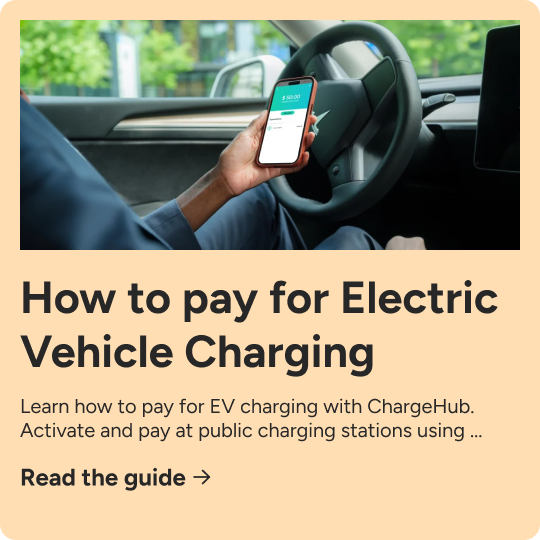Blog > Bidirectional Charging: The Future?
Unlock the Potential of your EV
The Advantages of Bidirectional Charging
Bidirectional charging offers several significant advantages:
- Sharing Capabilities: Whether it’s to a home (V2H), a business (V2G), or even potentially to the local grid (V2L), bidirectional charging provides promising energy-sharing possibilities.
- Power Outage Backup: In the event of a power outage, your electric car can serve as a backup power source for your home, providing valuable peace of mind during emergencies.
- Better Energy Management: Bidirectional charging enables more efficient energy management, optimizing the use of electric vehicles to supply electricity during peak grid demand times.
- Contribution to the Grid: In the near future, it will be possible to power the grid with electric cars, which could even generate income for EV owners.
The Difference Between a Bidirectional Charger and a Smart Charger
Bidirectional charging and smart charging are two essential concepts in electric mobility, each with distinct and complementary functions.
Bidirectional Charging:
The bidirectional charging station allows electricity to flow both ways between the electric vehicle and the power grid, offering increased flexibility and efficiency.
Smart Charging:
Smart charging focuses on optimizing the charging of electric vehicles based on the individual user’s needs and grid conditions.
Key Differences:
The main difference lies in their primary function: the bidirectional charger allows electricity to flow both ways, while the smart charger aims to optimize charging based on grid and user needs.
Challenges and Opportunities
Of course, there are still challenges to overcome before bidirectional charging becomes the norm. Appropriate infrastructure and clear regulations are needed to enable its large-scale deployment. But with growing support from governments and companies, this integrated energy future is closer than ever.
Products
Some residential charging station manufacturers are expanding their offerings to include bidirectional chargers, like Wallbox’s Quasar. This technological advancement provides a more comprehensive solution for home energy management.
In conclusion, bidirectional charging opens up exciting new possibilities for electric vehicle owners. Not only does it offer tangible economic benefits, but it also contributes to a greener and more sustainable future for all. So, why not consider turning your car into a true energy source? This might be the beginning of a new era in how we use and think about our electric vehicles.










